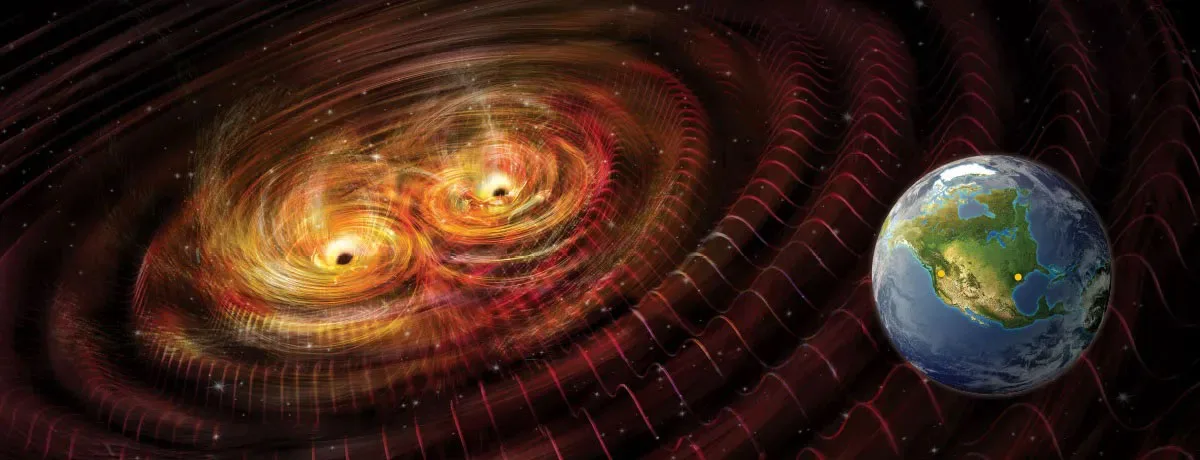Table of Contents
In the realm of astrophysics, few phenomena captivate the imagination quite like gravitational waves. These elusive ripples in the fabric of spacetime have long been the subject of speculation and scientific inquiry. Yet, despite the excitement surrounding them, there remains much confusion and misunderstanding among the general public. In this comprehensive guide, we aim to demystify gravitational waves, dispel common misconceptions, and provide a clear understanding of this fascinating aspect of modern physics.
What Are Gravitational Waves? Demystify Gravitational Waves
At their core, gravitational waves are disturbances in the curvature of spacetime, propagating outward from sources of intense gravitational energy. According to Einstein’s theory of general relativity, massive objects such as black holes and neutron stars can produce gravitational waves as they accelerate through space. These waves carry information about the mass, velocity, and acceleration of their sources, offering a unique window into the dynamics of the cosmos.
Demystify Gravitational Waves – Discovery
The existence of gravitational waves was first predicted by Albert Einstein in 1916 as a consequence of his theory of general relativity. However, it would take nearly a century before technology caught up with theory, enabling scientists to detect these elusive signals directly. In 2015, the Laser Interferometer Gravitational-Wave Observatory (LIGO) made history by detecting gravitational waves emanating from the merger of two black holes over a billion light-years away. This landmark discovery confirmed Einstein’s predictions and opened up a new era of gravitational wave astronomy.
Debunking Common Myths –
Myth: Gravitational Waves Are Like Ocean Waves
Contrary to popular belief, gravitational waves are not waves in the traditional sense. While they share certain mathematical properties with waves in the ocean, such as wavelength and frequency, gravitational waves operate on an entirely different scale. Rather than propagating through a medium like water, gravitational waves warp the very fabric of spacetime itself as they travel through the cosmos.
Myth: Gravitational Waves Are Harmful
Some individuals express concern that gravitational waves could pose a threat to Earth or human civilization. However, these fears are unfounded. Gravitational waves are extraordinarily weak by the time they reach our planet, having traveled vast distances through the vacuum of space. In fact, the gravitational waves detected by instruments like LIGO cause infinitesimal distortions in spacetime that are virtually imperceptible to all but the most sensitive detectors.
The Future of Gravitational Wave Astronomy
With each new detection, scientists gain valuable insights into the nature of the universe, from the behavior of black holes to the origin of heavy elements like gold and platinum. In the coming years, advances in gravitational wave detection technology promise to unlock even greater mysteries of the cosmos, revealing phenomena that were previously invisible to traditional telescopes.
Demystify Gravitational Waves: Conclusion
In conclusion, gravitational waves represent one of the most profound and enigmatic phenomena in the universe. By unraveling the secrets of these cosmic ripples, we stand to gain a deeper understanding of the fundamental laws that govern our reality. As our technology continues to evolve, so too will our ability to explore the mysteries of the cosmos through the study of gravitational waves.
You will find additional information here.
To learn how HOW GRAVITATIONAL WAVES ARE FORMED please click here.

1 thought on “Demystify Gravitational Waves : Everything You Thought You Knew Is Wrong!”